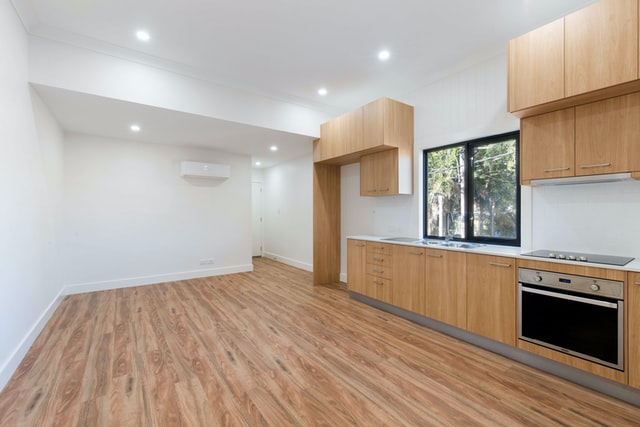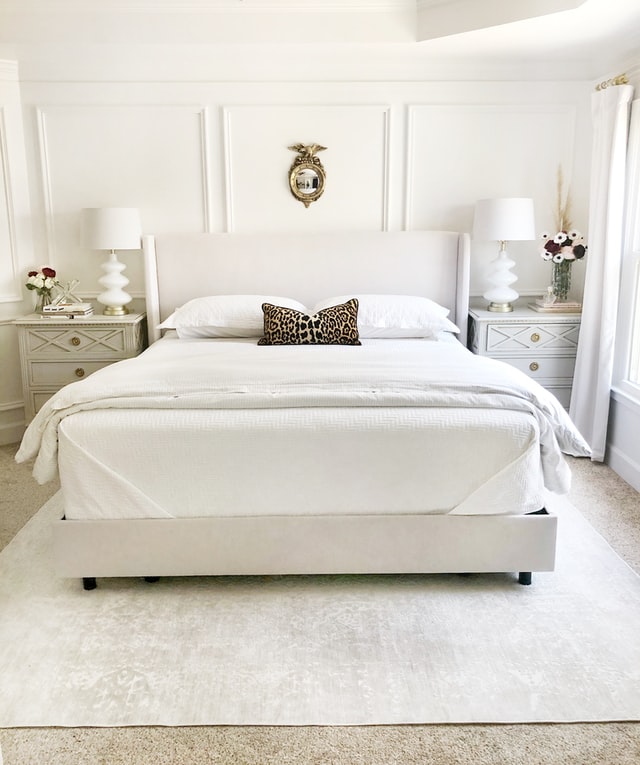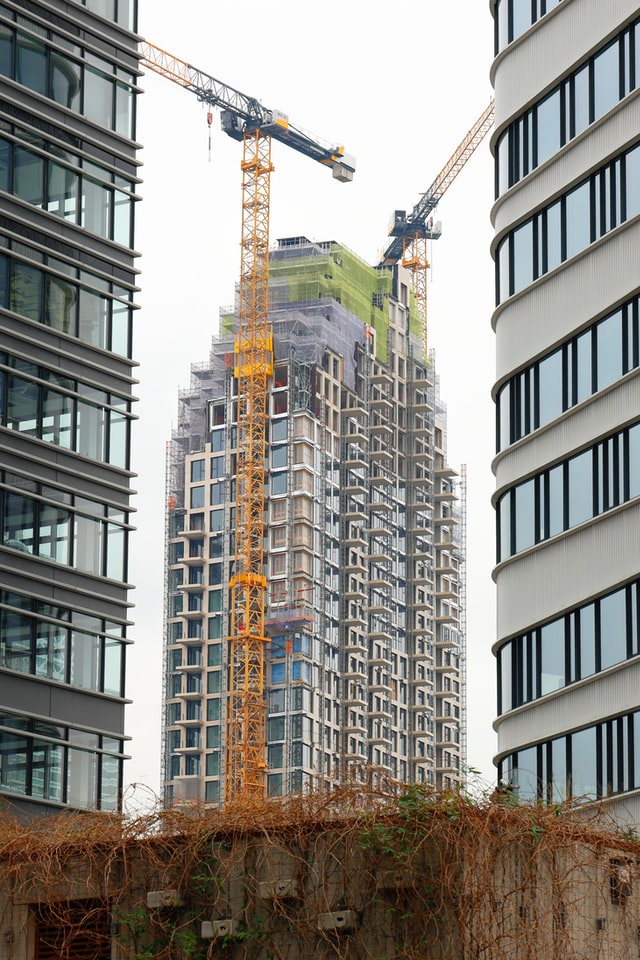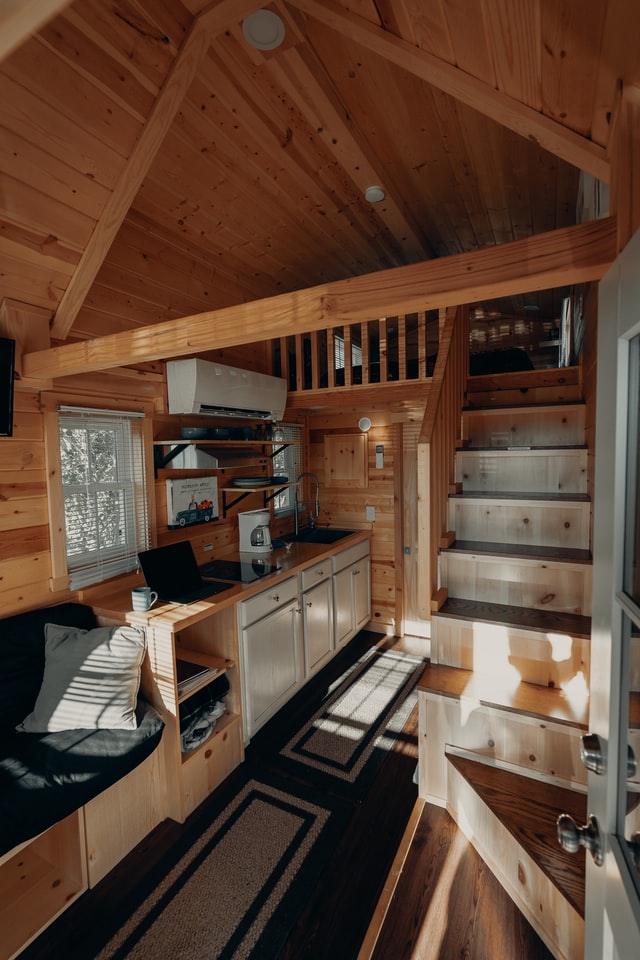If you’re in a situation in which you think you’ve settled on an area for your new home, but aren’t getting your offers accepted, you may need to think a bit creatively. Chances are you’re only looking at homes that are currently listed for sale. This may seem obvious, but it’s not the only possibility. Though it most commonly only happens between people who already know each other, it’s not illegal to make offers on off-market homes.
A good way to skirt the opposition is to look for recently expired listings rather than active listings. Your agent can easily set up this search for you. If a listing expired recently, it means the seller probably did want to sell, but wasn’t getting offers. It could also mean the seller wasn’t very serious about selling, but you won’t know which unless you contact them yourself. There’s also another option that’s less likely to work, but more likely to get you what you want if it does work. If you see what you think is your dream home, but it wasn’t on the market at all, you can still try contacting the owner. For the right price, they may be willing to sell even if they weren’t trying to. There are certainly some homeowners who aren’t listing their home only because they think they won’t get a buyer.
Photo by Jacek Dylag on Unsplash



















